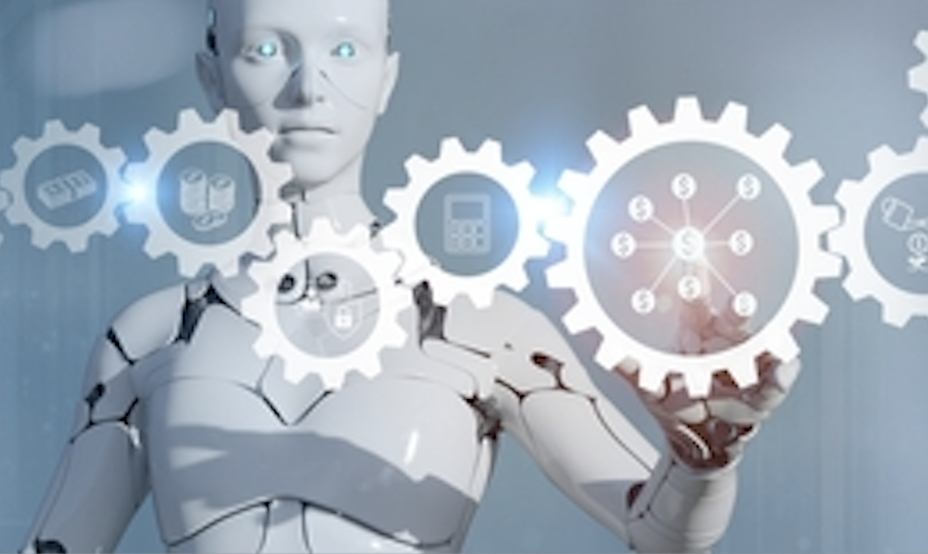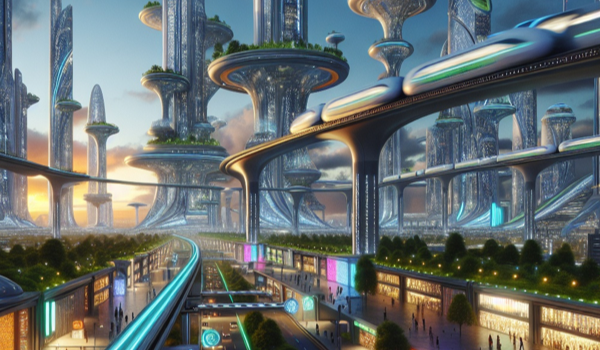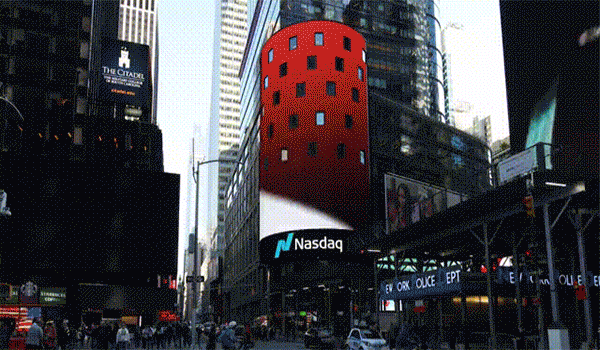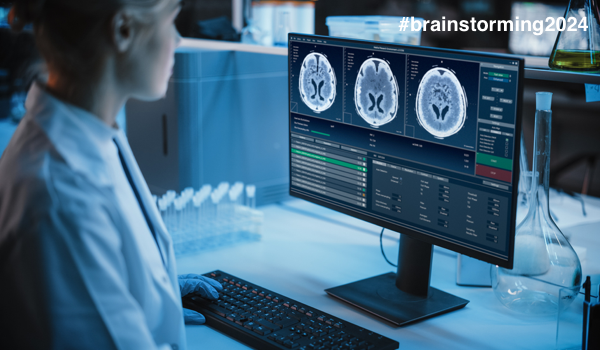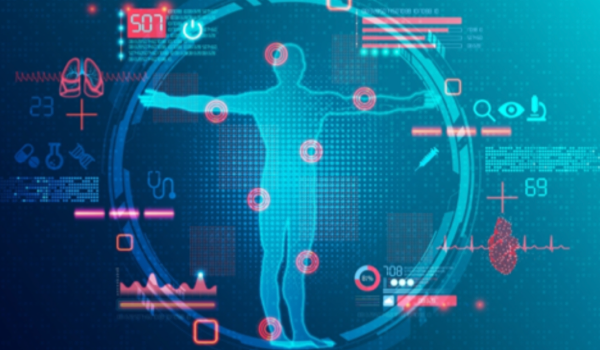

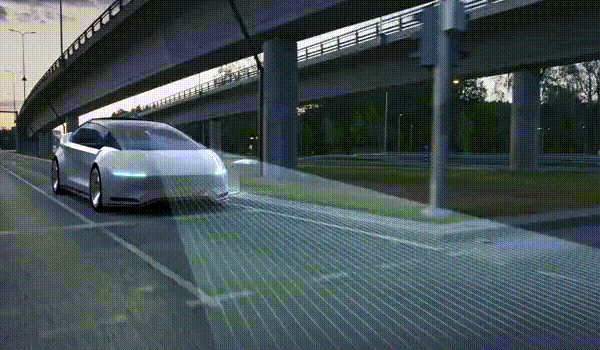
SINGAPORE - Safety concerns have dominated the news about self-driving vehicles for years, and rightfully so.
Accidents involving Tesla’s full-self driving (FSD) mode are being investigated, as are those from other suppliers. In San Francisco, accidents by Cruise’s self-driving cars in the middle of the night are also being investigated even as their outages jam up the streets. Even so, proponents continue to argue that vehicles operating in FSD mode have fewer accidents than vehicles in general.
An emphasis on safety is understandable given the risk averseness of most people. Traffic accidents are troublesome, and deaths are not tolerated, particularly when they can be avoided. Safety has also been one of the supposedly major selling points for self-driving vehicles. Advocates argue that, because machine errors can theoretically be eliminated, there will eventually be fewer accidents than with human driven vehicles, a point that continues to be debated.
Almost everyone recognizes that self-driving vehicles are still far from being 99.9999 percent effective, which is the percentage necessary for them to compete with the low percentage of vehicle accidents or deaths per mile by human-driven vehicles. The large number of nines suggests to many that self-driving vehicles are still years away, if not decades.
Consider Tesla’s FSD cars. Although Tesla likes to compare these with American vehicles in general, thus showing that its vehicles are safer than human-driven vehicles, the data are misleading for several r
The content herein is subject to copyright by The Yuan. All rights reserved. The content of the services is owned or licensed to The Yuan. Such content from The Yuan may be shared and reprinted but must clearly identify The Yuan as its original source. Content from a third-party copyright holder identified in the copyright notice contained in such third party’s content appearing in The Yuan must likewise be clearly labeled as such. Continue with Linkedin
Continue with Linkedin
 Continue with Google
Continue with Google








 1843 views
1843 views
